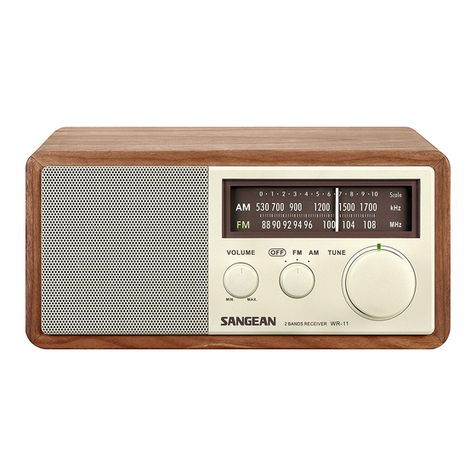Realistic DX-440 User manual
Other Realistic Receiver manuals
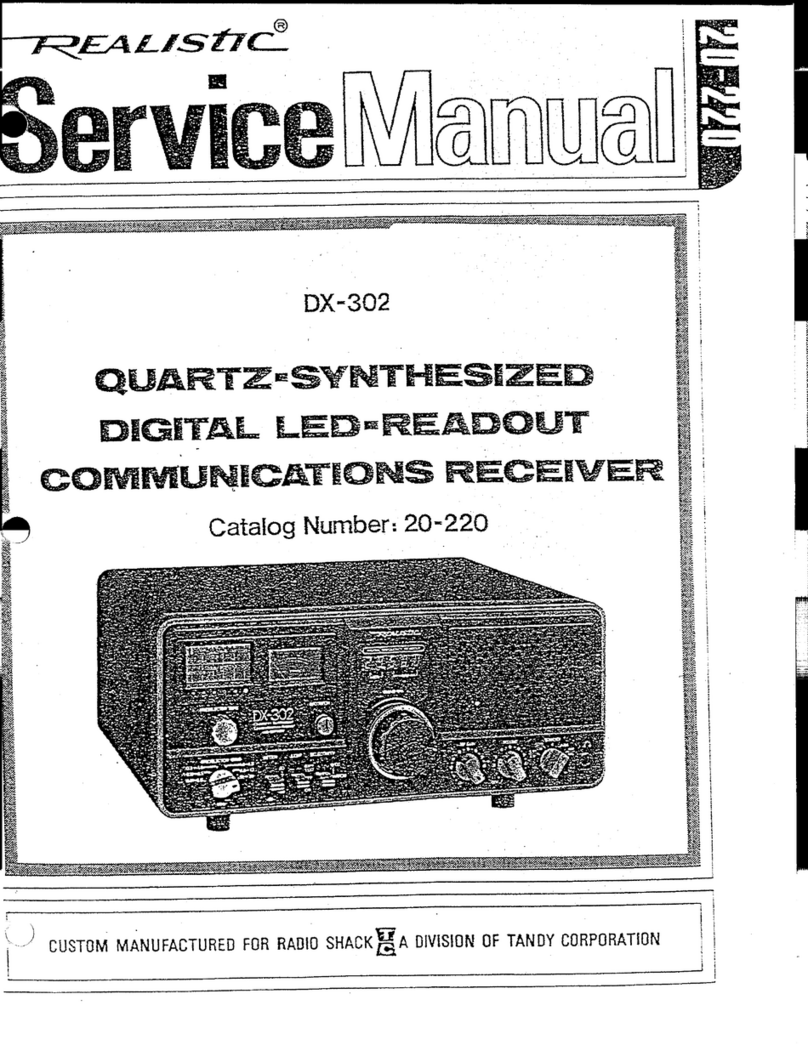
Realistic
Realistic DX-302 User manual

Realistic
Realistic DX-160 User manual
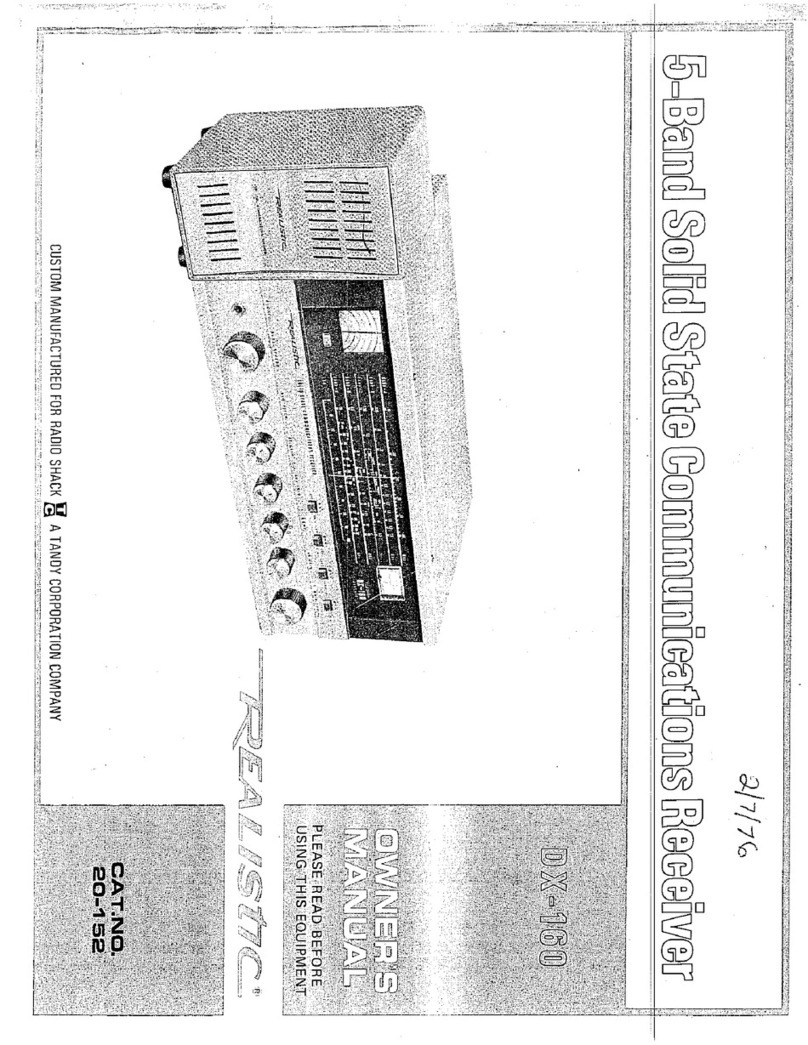
Realistic
Realistic DX-160 User manual

Realistic
Realistic DX-75 Training manual

Realistic
Realistic DX-300 User manual

Realistic
Realistic DX-120 User manual

Realistic
Realistic Pocket-Scan Pro-6 User manual
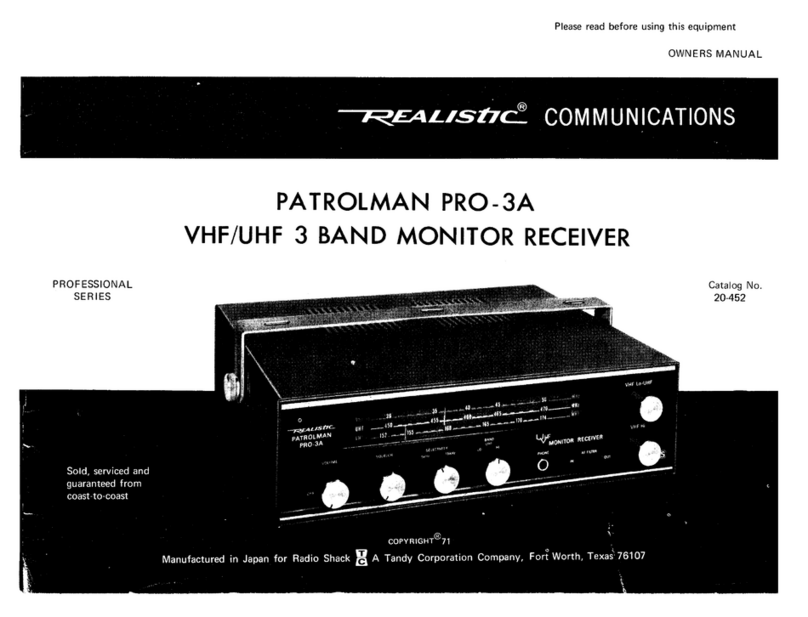
Realistic
Realistic Patrolman Pro-3A User manual
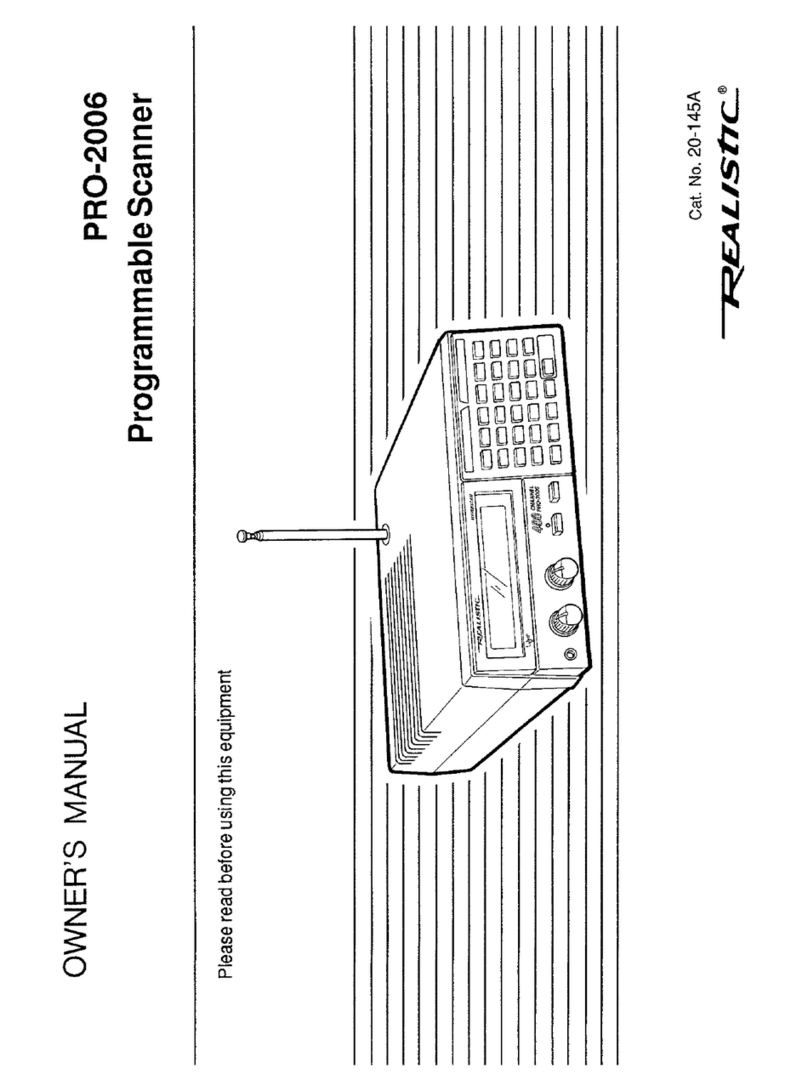
Realistic
Realistic PRO-2006 User manual

Realistic
Realistic DX-302 User manual
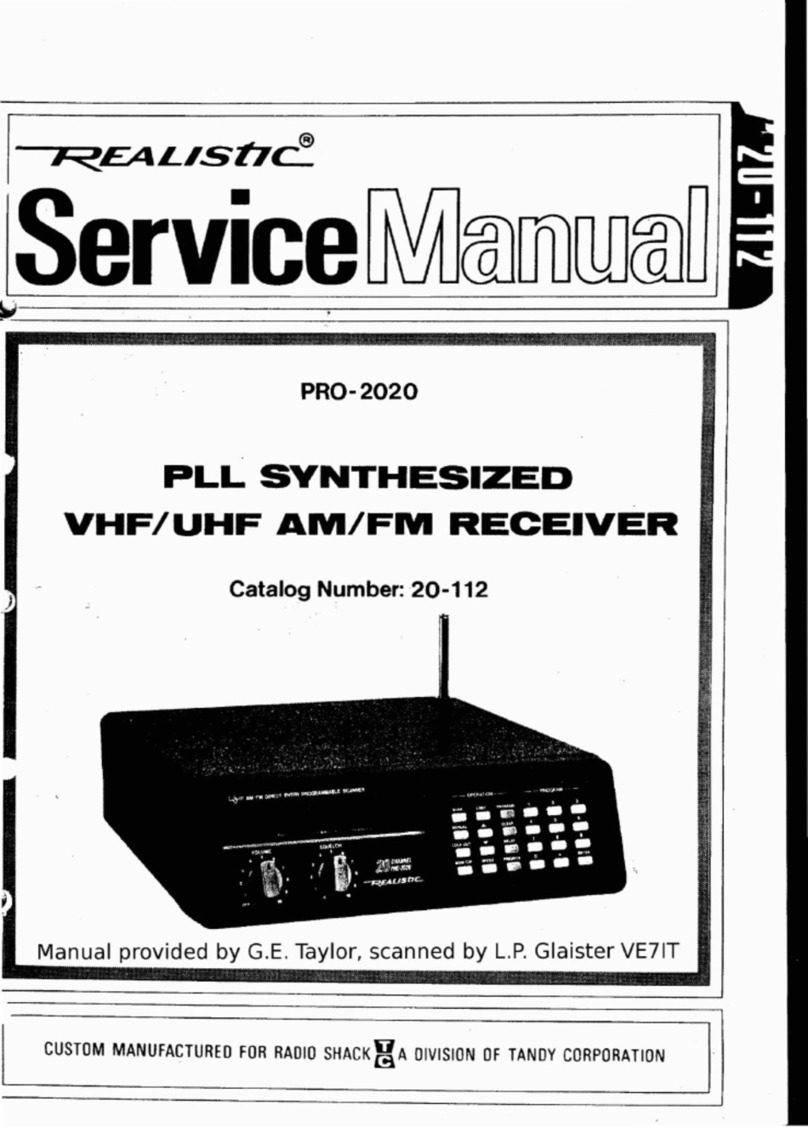
Realistic
Realistic PRO-2020 User manual
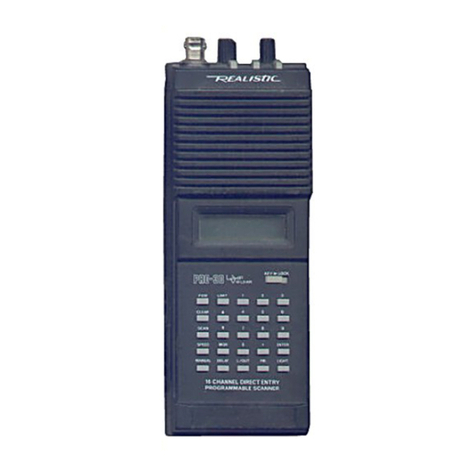
Realistic
Realistic Pro-30 User manual

Realistic
Realistic DX-300 User manual
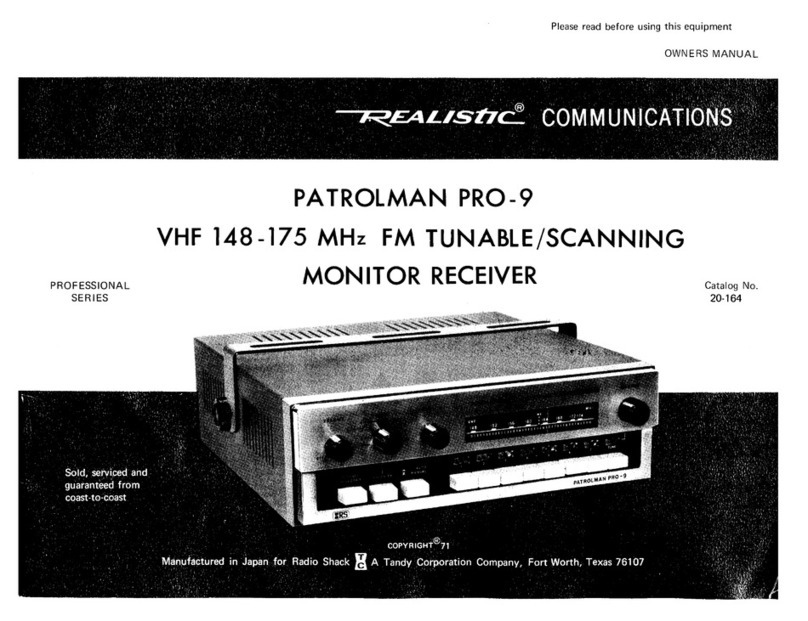
Realistic
Realistic Patrolman Pro-9 User manual

Realistic
Realistic DX-400 User manual
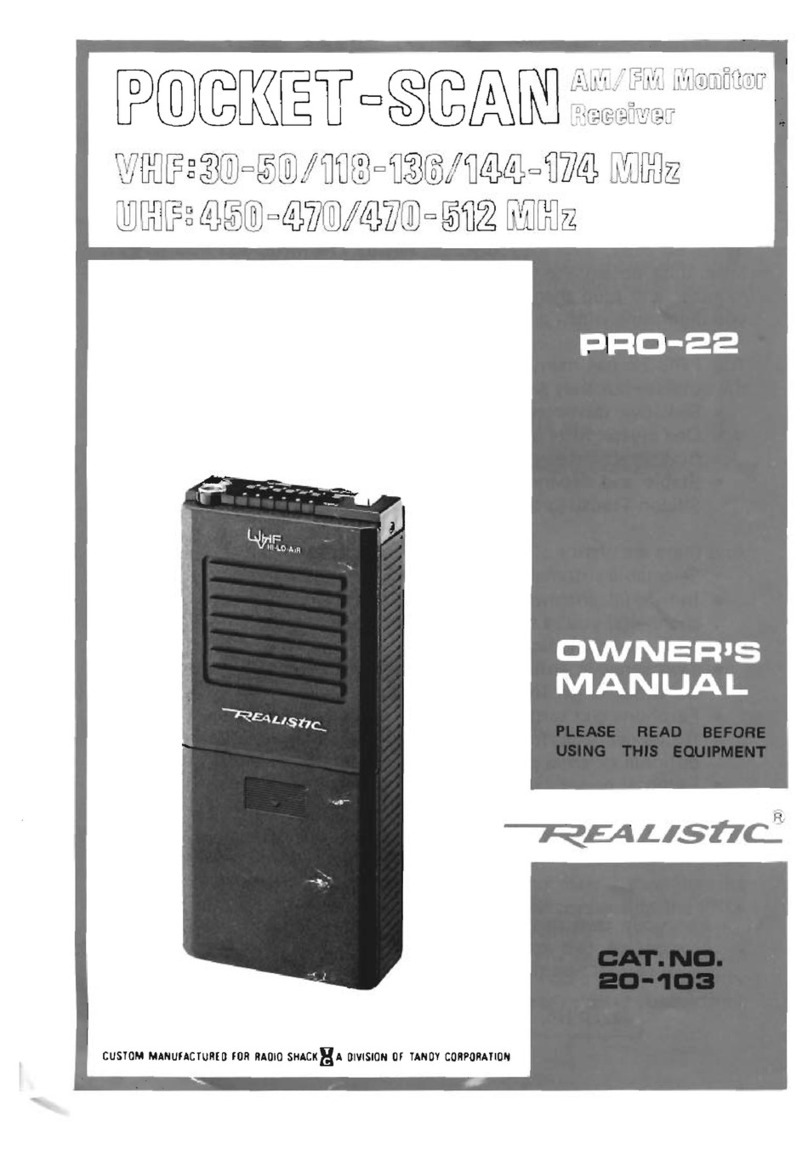
Realistic
Realistic Pocket-Scan Pro-22 User manual

Realistic
Realistic PRO-2004 User manual

Realistic
Realistic DX-200 User manual

Realistic
Realistic DX-440 User manual

















